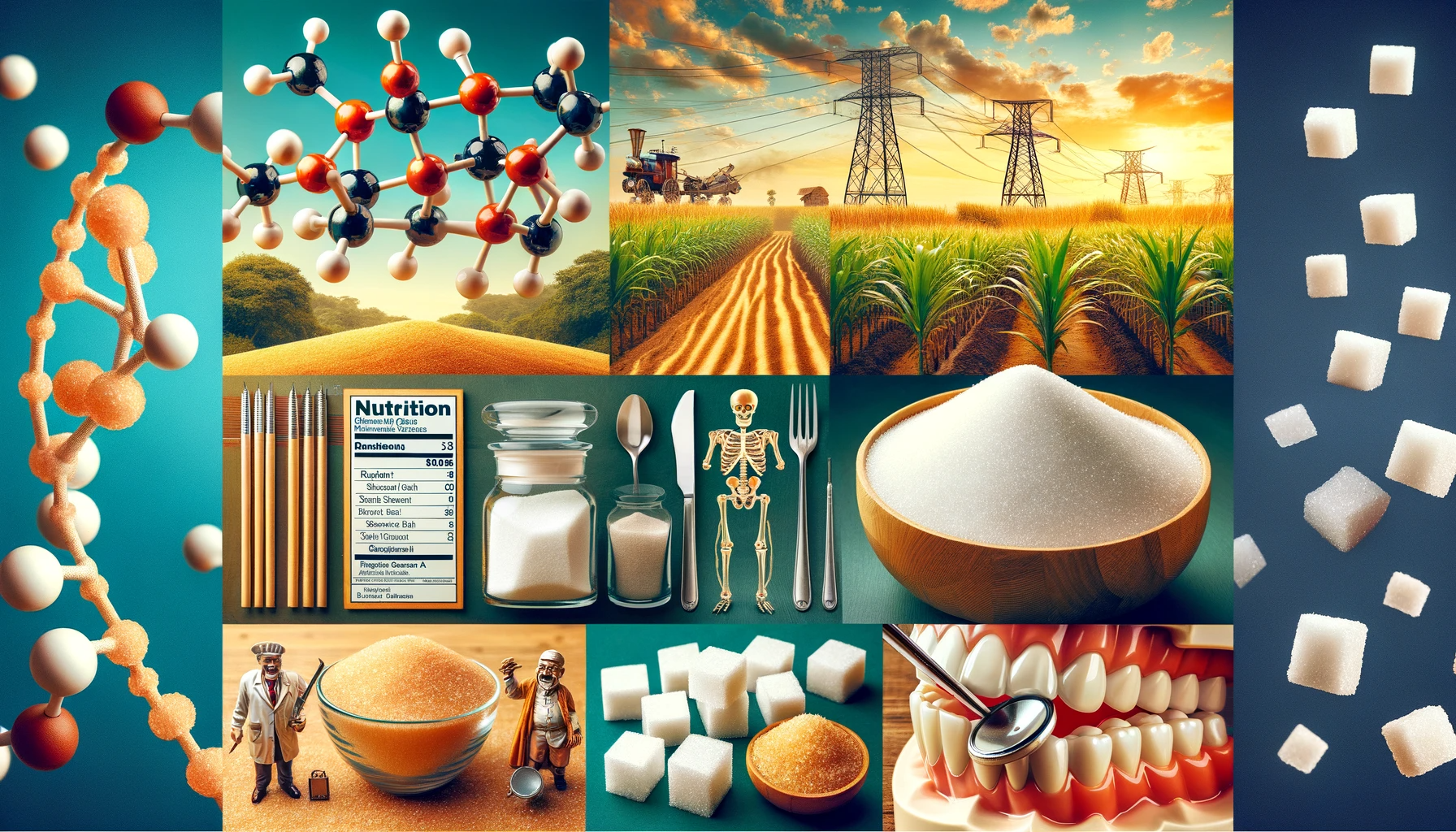Introduction
The sugar industry is a critical component of the global food and beverage market. Sugar, a sweet crystalline substance extracted primarily from sugarcane and sugar beets, plays a pivotal role in countless culinary creations. From baking delicious desserts to sweetening your morning coffee, sugar is an integral part of our daily lives. In this comprehensive article, we will delve into the sugar industry, examining its history, production processes, and the various types of sugar available today.
A Brief History of Sugar
Ancient Origins
Sugar has a long and fascinating history, dating back thousands of years. Its origins can be traced to ancient civilizations, where it was initially used in its raw form. The earliest documented use of sugar dates back to 500 BCE in India, where it was discovered that sugarcane juice could be processed into granulated crystals.
Sugar’s Journey to Europe
Sugar’s journey to Europe was a result of the Crusaders and trade routes established by the Venetians and Genoese. By the 12th century, sugar had reached Europe, and it quickly became a luxury item reserved for the nobility. During the Renaissance, sugar experienced a surge in popularity, and European colonists began cultivating sugarcane in the New World, setting the stage for the booming sugar industry we know today.
Sugar Production: From Cane to Crystals
Cultivation
The sugar industry primarily relies on two sources for sugar production: sugarcane and sugar beets. Sugarcane is a tropical crop cultivated in regions with suitable climates, while sugar beets are grown in temperate climates. Both plants store sugar in their roots, which are harvested and processed to extract the sugar.
Extraction
Once harvested, sugarcane and sugar beets undergo a series of complex processes to extract the sugar. The first step involves crushing the harvested crop to extract the juice, which is then clarified and filtered to remove impurities. The resulting juice is then boiled to concentrate the sugar, producing a thick syrup. This syrup is further crystallized to obtain sugar crystals.
Refining
The crystallized sugar is subjected to a refining process to remove any remaining impurities and colors. This refined sugar can be further processed to create various forms of sugar, including granulated sugar, powdered sugar, and brown sugar.
Types of Sugar
Granulated Sugar
Granulated sugar, also known as table sugar or white sugar, is the most common form of sugar. It consists of small, uniform crystals and is used in a wide range of culinary applications, from baking to sweetening beverages.
Brown Sugar
Brown sugar is a partially refined sugar that contains molasses, which gives it a distinctive flavor and color. It is often used in baking and adds a rich, caramel-like taste to dishes.
Powdered Sugar
Powdered sugar, also known as confectioner’s sugar, is finely ground granulated sugar mixed with a small amount of cornstarch. It is commonly used in baking and for dusting desserts.
Specialty Sugars
Specialty sugars include varieties like demerara sugar, turbinado sugar, and muscovado sugar, each with its unique flavor and texture. These sugars are often used in specialty and gourmet recipes.
The Role of Sugar in Our Diet
Sugar is a source of quick energy due to its high carbohydrate content, making it a staple in many diets worldwide. However, excessive sugar consumption has been linked to various health issues, including obesity and diabetes. It is essential to consume sugar in moderation and be mindful of added sugars in processed foods and beverages.
Conclusion
The sugar industry has a rich history and continues to be a vital part of our daily lives. From its ancient origins to the modern production processes and various types available, sugar plays a significant role in the culinary world. While enjoying the sweetness it brings to our dishes and beverages, it’s important to be aware of our sugar intake and make informed choices to maintain a healthy diet.
By understanding the sugar industry and its various aspects, we can appreciate the journey of sugar from cane to crystals and make more conscious choices about how we use this essential ingredient in our daily lives.
